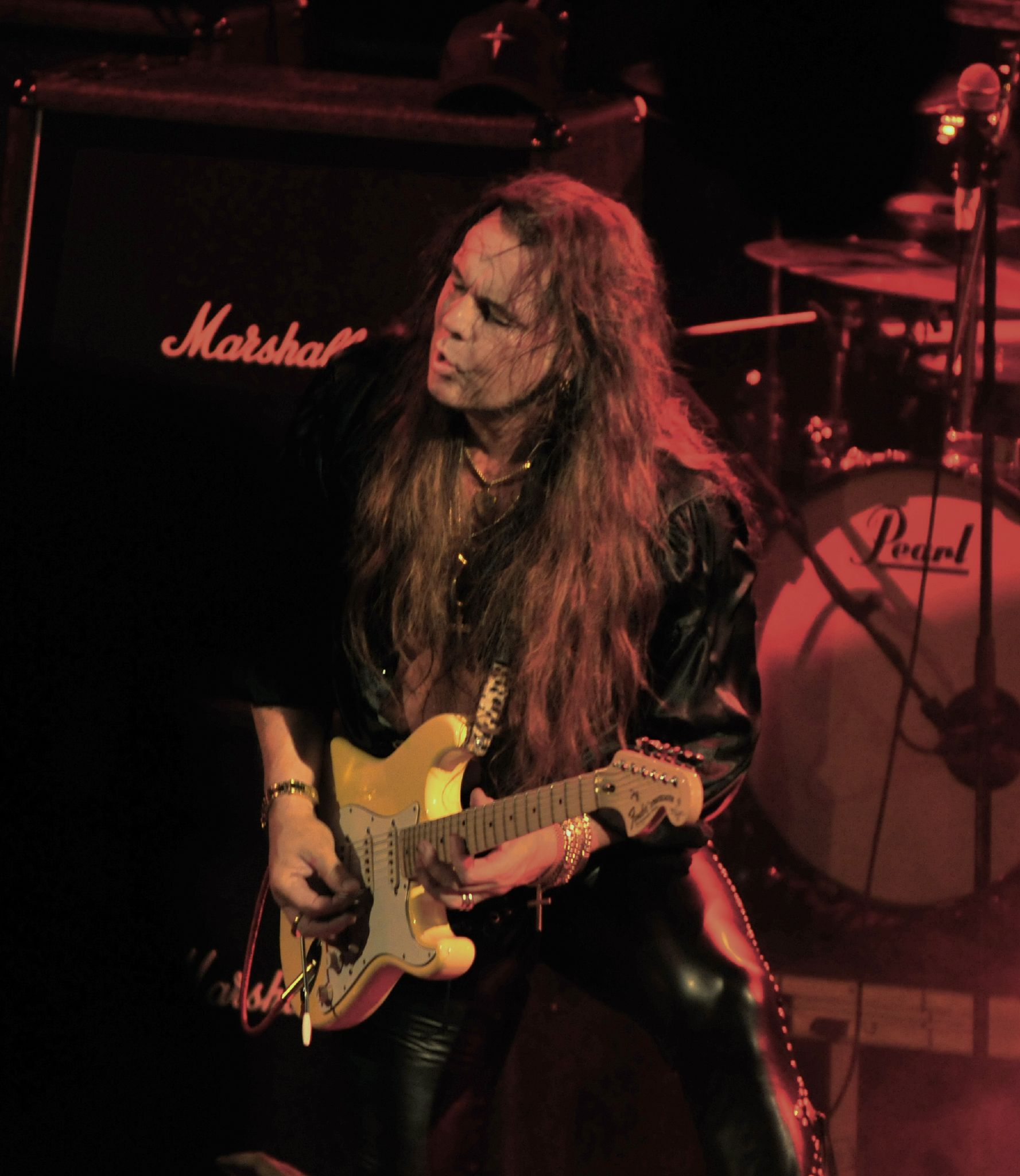100 Greatest Guitarists
They built their own guitars, stabbed speaker cones with pencils, shattered instruments and eardrums — all in search of new ways to make the guitar cry, scream, whisper, shout and moan
80. Robert Quine
With a guitar style that owed as much to free jazz as it did to blues and rock, Quine was the perfect choice to complement Richard Hell’s intuitive street poetry in the New York punk band the Voidoids. Quine went on to make vital contributions to Lou Reed’s solo masterpiece The Blue Mask and Matthew Sweet’s Girlfriend.
79. Cliff Gallup
In the few months he spent as lead guitarist for Gene Vincent’s Blue Caps in 1956, Gallup introduced the stylistic swagger that every rock guitarist now takes for granted. His slashing, razor-blade-in-the-ducktail assaults pushed the instrument one big step away from country picking and down the mean streets that rock & roll guitar has traversed ever since. “Race With the Devil,” The Screaming End: The Best of Gene Vincent (1997).
78. Robbie Robertson
Robertson’s songwriting laid the foundation for the Band’s rustic soul, but his terse, poignant guitar playing was the group’s most underrated weapon. The Canada-born Robertson and the rest of the Band ”” then still called the Hawks ”” backed Bob Dylan on his first electric tour, in 1966, during which Dylan proclaimed him a “mathematical guitar genius.”
77. Henry Vestine
Vestine’s interplay with Alan Wilson’s slide in Canned Heat sparked hits including “On the Road Again” and “Going Up the Country.” “Sunflower,” as he was called, was an early member of Zappa’s Mothers and played with free-jazzman Albert Ayler.
76. Ali Farka Toure
The Malian singer and guitarist is often compared to John Lee Hooker, though that’s too easy. He has clearly been influenced by rural blues, but Toure is a technical marvel, and his delicately plucked clusters and blindingly fast runs gather influences from African hymns to folk songs.
75. Adam Jones
In high school, Tool’s Adam Jones played bass in a band with future Rage Against the Machine guitarist Tom Morello. In Tool, he combines the tuned-down chug of death metal with ominous atmospherics influenced by Rush and King Crimson. Rarely letting loose with a conventional solo, Jones prefers riffing in 15/8 time.
74. Johnny Winter
In the early Seventies, Winter took the blues into hard-rock territory with his overdrive takes on anthems such as “Johnny B. Goode”and “Jumpin’ Jack Flash.” He produced a string of solid albums for his hero Muddy Waters in the late Seventies. “It’s a living music,” Winter has said. “For me, blues is a necessity.”
73. Trey Anastasio
Anastasio can play anything he hears. Phish’s guitar anti-hero has Pat Metheny’s cinematic sense of pacing and Frank Zappa’s impish inclination toward noise. His epic solos balance technical finger-work against screaming climaxes, and they’re exciting even when he’s sloppy. Especially when he’s sloppy.
72. Joni Mitchell
The secret to Mitchell’s daring guitar work is that she uses more than fifty different tunings. Mitchell devised the alternate tunings to compensate for a left hand weakened by childhood polio. In time she used them as a tool to break free of standard approaches to harmony and structure.
71. Lightnin’ Hopkins
Sam “Lightnin'” Hopkins learned the blues from Blind Lemon Jefferson in the Twenties. He was a ferocious electric stylist in the Fifties, though he’s perhaps best known for his nimble acoustic fingerpicking during the Sixties folk-blues revival. As unpredictable as John Lee Hooker, he seemed to be making it up as he went along, and often was.





